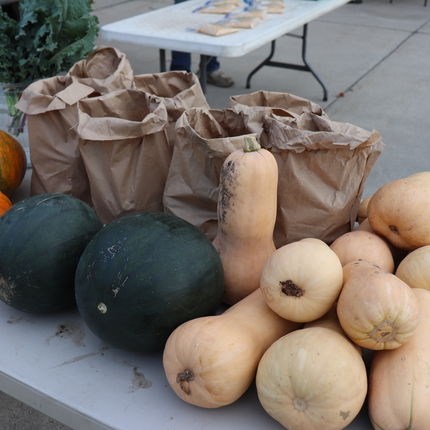Across the country, states have been innovative in finding ways to integrate the goals of eliminating hunger and strengthening local food systems, according to a white paper released by the Center for Rural Affairs.
“Hunger and the Local Economy: Integrated State-Level Approaches to Food Access,” authored by Nathan Beacom, explores the role of local grocery stores, gives examples of state policies designed to make food more accessible, and offers lawmakers recommendations on ways to address the broader causes of food access and food insecurity in rural areas.
“Food access policy can also be economic development policy; these goals work hand in hand,” Nathan said. “A strong local food system means more employment, better jobs, a stronger economy, and more access. This kind of win-win policy addresses the immediate needs, as well as the underlying causes of food insecurity.”
Among the recommendations is expansion of the Double Up Food Bucks program. Offered in 28 states and funded privately and publicly, Supplemental Nutrition Assistance Program (SNAP) beneficiaries use these incentives to buy fresh produce. The program matches vouchers up to $20 for $20 of SNAP funds.
“Double Up Food Bucks has been successful in changing the diets of SNAP users, increasing the amount of fresh food they eat, and, ultimately, leading to better health outcomes,” Nathan said. “At the same time, the program supports local retailers and local producers.”
Other recommended actions for states to consider include supporting farm to school programs and offering tax credits for the development of cooperative food ventures.
Read the white paper at cfra.org/publications/hunger-and-local-economy.





